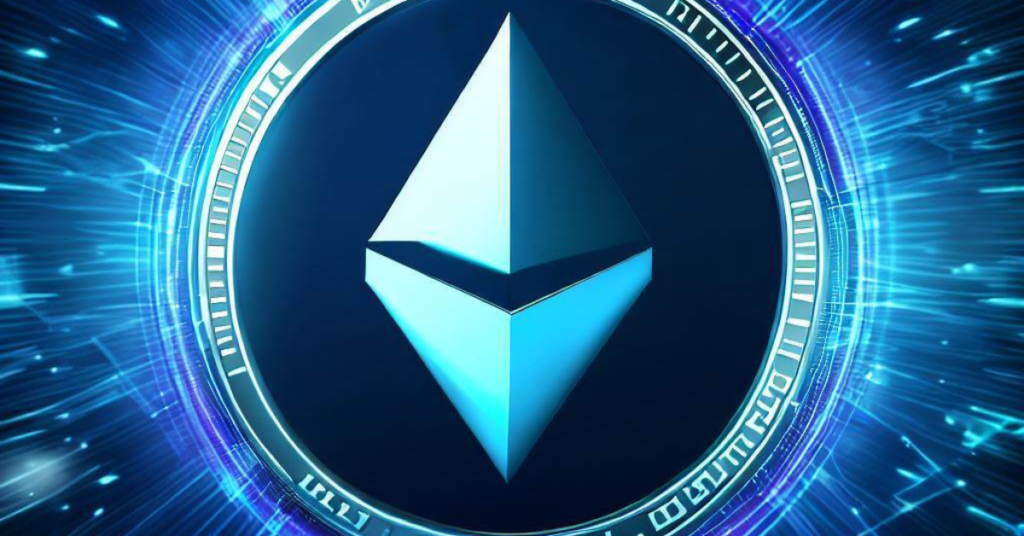
The next generation of blockchain and encryption was Ethereum 2.0. Ethereum is active even though Eth2 is no longer the terminology. But Ethereum isn’t just lying around. As time passes, its status is changing.
Will Ethereum 2.0 ever be released?
Two of the three key phases of Ethereum 2.0, often known as the Ethereum upgrades, have been finished. As other technologies advanced more quickly than anticipated, it was decided that the third phase was no longer required. The Ethereum ecosystem still has a long-term plan in place, even though the Ethereum 2.0 improvements no longer go by that name. Innovations to the ecosystem are making it more scalable, safe, and sustainable.
Three fundamental phases made up Ethereum 2.0, and two of them were finished:
- Launch of the Beacon Chain — complete
- The Ethereum Merge — complete
- Ethereum Sharding — replaced by layer 2 rollups
Ethereum Beacon Chain
The transition of Ethereum from a proof-of-work to a proof-of-stake mechanism began with the Beacon Chain. Before PoS was introduced to the ecosystem, a test was conducted to make sure it was a viable future strategy for Ethereum’s blockchain. When the test was successful, the PoS mechanism coexisted with the earlier PoW method as the next round of development got under way.
Ethereum Merge
Following the Beacon Chain’s launch, the Ethereum Merge brought together blockchain data gathered since Ethereum’s foundation with data gathered on the Beacon Chain to create a single mechanism devoted to the PoS consensus.
PoS and PoW coexisted before to the Merge, but it served the aim of doing away with PoW. The main objective is to stop energy-intensive mining. Reduced environmental harm, enhanced security, and expanded scale usage are other advantages.
Although PoW is still in use, it has been changed such that mining using it is no longer lucrative. According to estimates, Ethereum’s energy consumption dropped by 99.95% after the merge. The Ethereum Merge functions as a much more energy-efficient monetary system than Bitcoin, whose estimated yearly energy use is roughly 150 terawatt-hours, or almost as much as Argentina uses in power each year.
Ethereum Sharding — Layer 2 Rollups
Sharding, the final update in the initial roadmap for Ethereum, has been removed as a result of the speedy development of layer 2 rollups, another scalability solution. Ethereum Sharding was created to concentrate on scalability and promote network involvement, whereas the earlier phases concentrated on security and sustainability.
Scalability is approached differently with layer 2 rollups. It refers to taking a large number of transactions that have already been completed on layer 2, Ethereum’s secondary blockchain, and “rolling them up” or bundling them into a single transaction on layer 1, Ethereum’s primary blockchain. Without the need for sharding, this technique has been able to enable scale.
Sharding separates data into more manageable chunks that are easier for a network to handle. This notion, which tries to lessen transaction delays and network congestion on the blockchain, is not new; it is widely presented in the computer science community.
The idea is that more readily available data eliminates the need for costly computing gear. Anyone who owns a standard phone or laptop will therefore be able to help secure the network.
The New Roadmap of Ethereum
Ethereum is still evolving even though the phrase “Ethereum 2.0” is no longer widely used. ETH’s roadmap currently divides into four groups:
Cheaper transactions – Right now, the work to lower fees is concentrated on lowering the cost of data storage through Proto-Danksharding, which involves shifting data from Ethereum to transitory storage.
Additional security – Additional security upgrades for Ethereum include boosting liquidity, shielding users from spam assaults, and preventing network, hardware, and software failures.
Improved user experience – Ethereum aims to make itself more user-friendly by protecting against lost or stolen wallet keys and making nodes more accessible to those who are less tech-savvy.
Future-proofing – In order to remain current and dependable, Ethereum is creating new features that will shield its network from impending dangers.
Is Ethereum 2.0 Going to Be a New Coin?
The enhancements to Ethereum 2.0 have not resulted in any new coins or cryptocurrencies. To minimize this mistake, one of the key reasons why developers switched from “Ethereum 2.0” to “Ethereum upgrades” is because they wanted to avoid confusion.
Owners of Ethereum, or ETH, are not required to perform anything. As usually, ETH may be used for trading, staking, swapping, and other customary tasks.
Anyone requesting that consumers purchase “ETH2” tokens may be a fraudster, according to a warning from Binance. Any communication requesting money be given to an unidentified third party should be disregarded. Crypto frauds are common, therefore owners of digital assets must be wary of any unusual activities.
Reduced Gas Fees with Ethereum 2.0?
It was not anticipated that The Merge would significantly lower gas prices. Lower gas rates — and faster transactions — are anticipated to come, though, as Ethereum improvements continue.

Ethereum 2.0: A Replacement for Ethereum?
The Ethereum that individuals presently own is unaffected by the switch to Ethereum 2.0. The Ethereum blockchain was not replaced, but rather improved, and no Ethereum token has changed from what it was previously.
The only change made by Ethereum 2.0 was to allow the community of Ethereum holders to benefit from the proof-of-stake model’s yield. In return for spending their ethereum to protect the network, users might earn a percentage incentive.
In fact, according to some analysts, the changes will eventually drive up the price of ETH, but this is yet uncertain.
The improvements made to Ethereum 2.0 were expected to have a favorable impact, and thus far they seem to be working. A crucial step toward assuring cryptocurrency’s role in an ecologically sensitive future is reducing Ethereum’s energy use by 99.95%.































